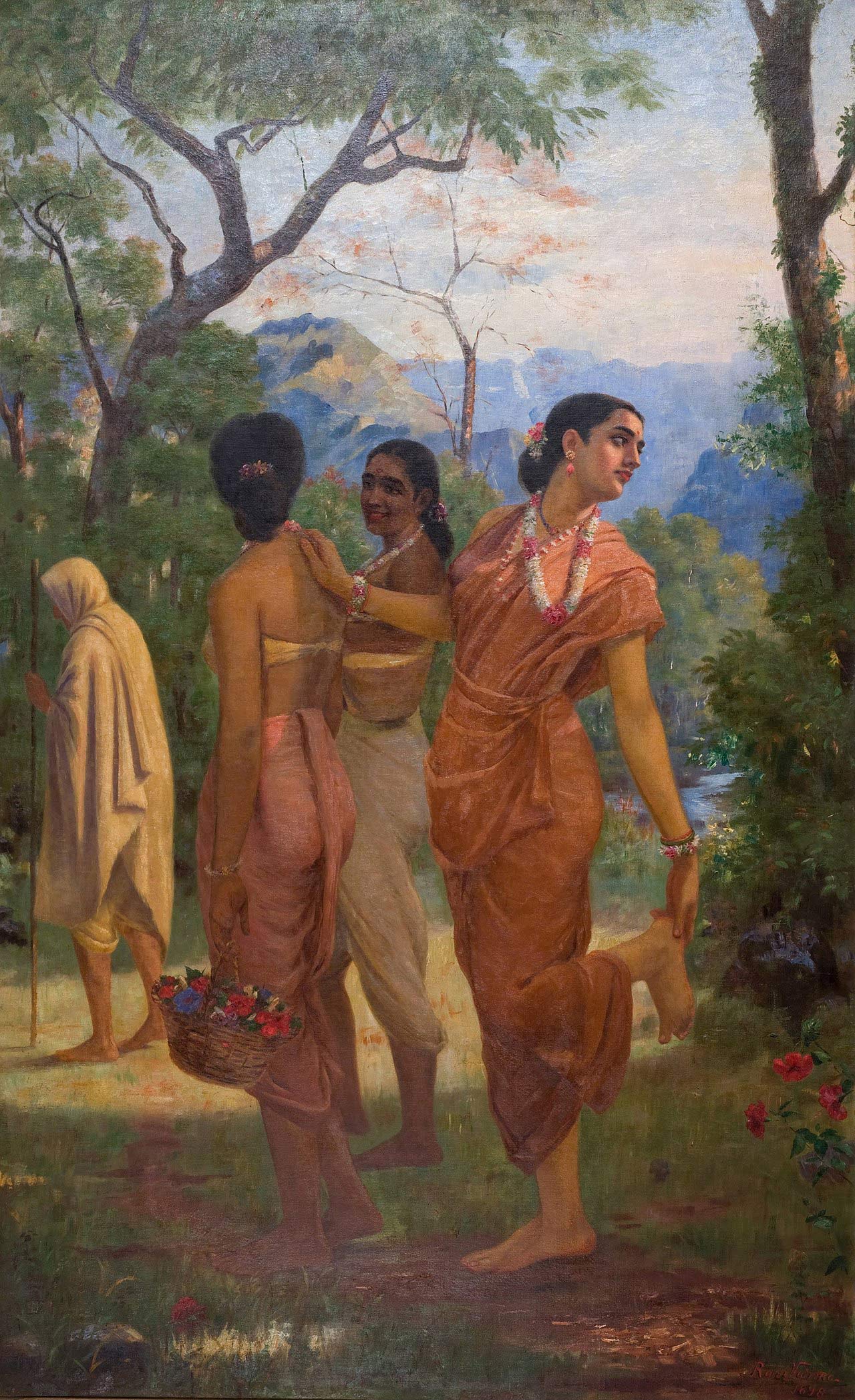
Article By EIH Researcher and Writer
Akansha Sengupta
19th century colonial Bengal was a potpourri of transcultural happenings. Calcutta saw political uprising, popular movements of dissent, technological momentum and served as the breeding ground for education and literary revitalization. The region was swept by a wave of renaissance whereas new ideas of modernity were taking seed in the minds of the Bengali elite. But a shocking scandal rattled colonial Calcutta. The Tarakeswar case almost seems like a fable, but the publicized trial of the accused is a ghastly reminder of what took place in 1873. The murder sent shock waves across Bengal, so much so, that even 150 years later it rings through Calcutta. It is depicted in the vivid paintings at Kalighat. The Tarakeswar case seemed like a classic lovers spat, but what started out as an extramarital affair ended in the decapitation of 16-year-old Elokeshi by her husband Nobin.
Elokeshi lived with her father and stepmother in Kurmul, whereas Nobin was a government employee working at a printing press in Calcutta. Elokeshi first crossed paths with Madhavchandra Giri, the chief priest at the Tarakanath temple in Tarakeshwar. The mahant would hand out fertility medication to women. Her chief purpose was to conceive, hence she met the priest. However, the two developed a relationship and continued to see each other in secrecy. But Nobin found out. In a fit of rage, he slit Elokeshi’s throat using a boti (a long curved blade). The case led to the infamous trial of Nobin and the mahant. Nobin was tried for murder and the mahant was charged with adultery, two of the most pressing issues in Bengal. The British government got involved and portrayed itself as the protector of the Hindu faith, a bleak attempt to appease the masses. The case had its own complexities; despite being guilty of murder, Nobin was shielded as a victim because in killing Elokeshi, he was simply protecting his honor. Whereas, popular literature painted the mahant as a lecherous man, taking advantage of the 16-year-old Elokeshi. But the public also pinned part of the blame on Elokeshi, accusing her of being a sly seductress. The British made their judgment clear as day, that women could never be independent of their husbands, they were meant to be controlled. There was a clash of tradition between the British and Indian society, because in Britain women still had considerable autonomy, if not total freedom. Society pushed for Nobin to be released because, in its eyes, murder was not as big a crime as adultery. They were released after 3 years, Nobin retired from public life whereas, the mahant regained his position as head priest, whereas Elokeshi was subjected to an eternity of shame and public resentment.
The case prompted people to take to art and literature as a medium of expression when the case came to trial. There were poems, books, and pamphlets published. Plays about the case were being written and most of them made a martyr out of Nobin, the poor honest man whose wife turned out to be an adulteress. Most Kalighant paintings portrayed Nobin as the devoted husband. There were fleeting rumors about the mahant being a serial womanizer. Rural and tribal artisans were flocking to Bengal as it developed and Kalighat emerged as a religious and cultural hub. Their paintings projected collective anguish stemming from patriarchal attitudes and authority, It showed women as scheming and conniving. These paintings were commonly a joint effort, usually by the same family or a group of artists. Pattachitra art which heavily influenced the paintings is visible in the ornaments and drapery of the characters. Kalighat paintings are distinct for their bright colors, bold outlines, and the big eyes of the figures. They were concise paintings that were also portable; foreigners visiting Calcutta bought them as souvenirs. Even though the case has since faded into history, it is survived by this intricate artwork.




















